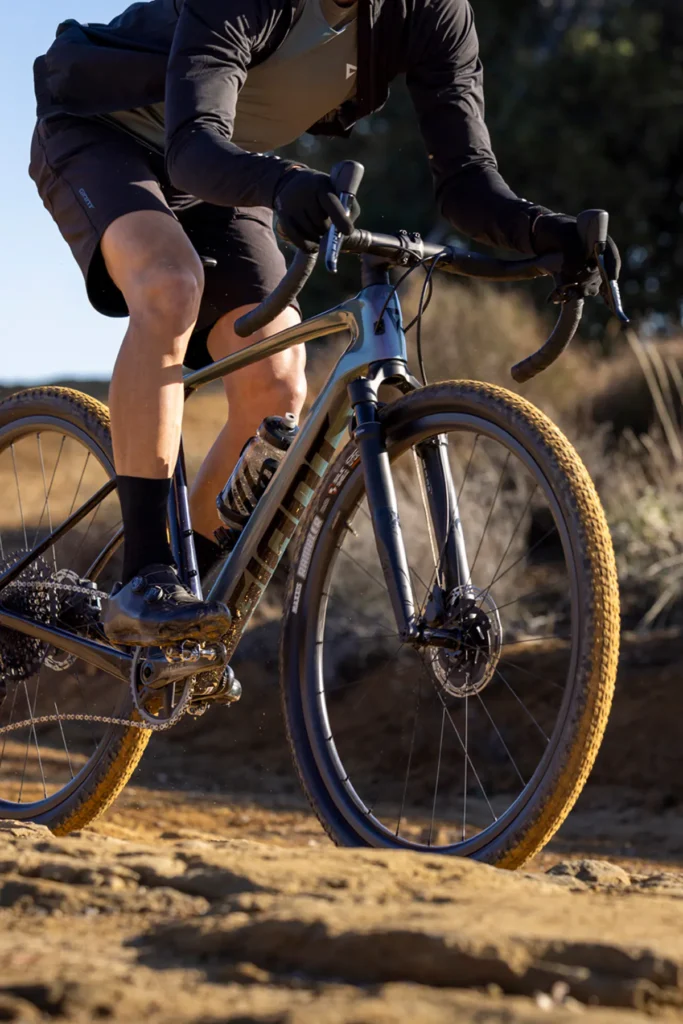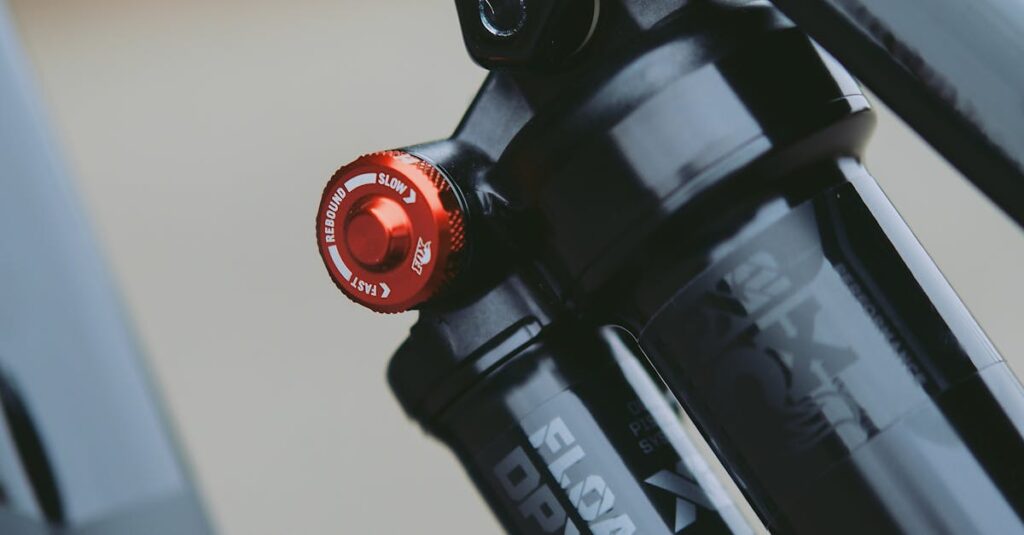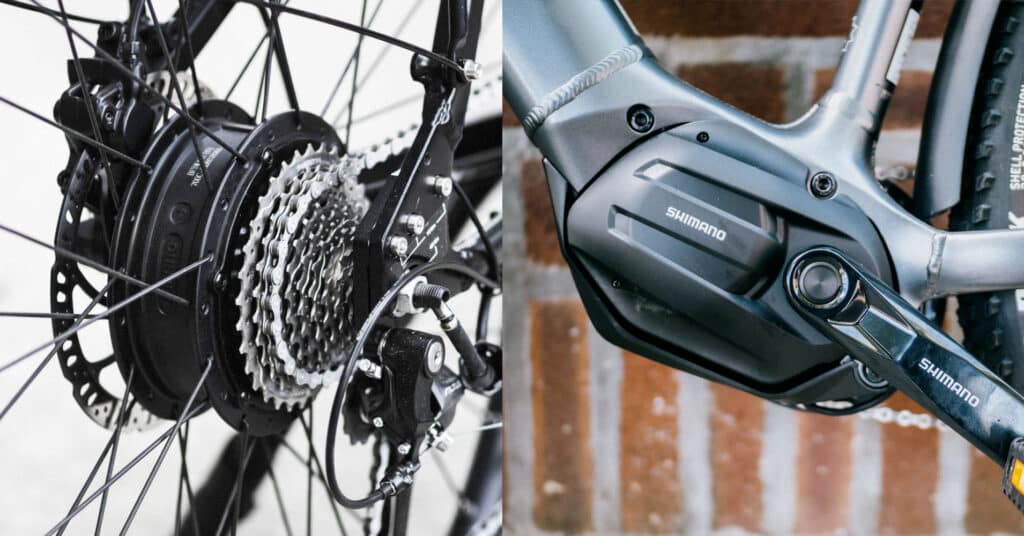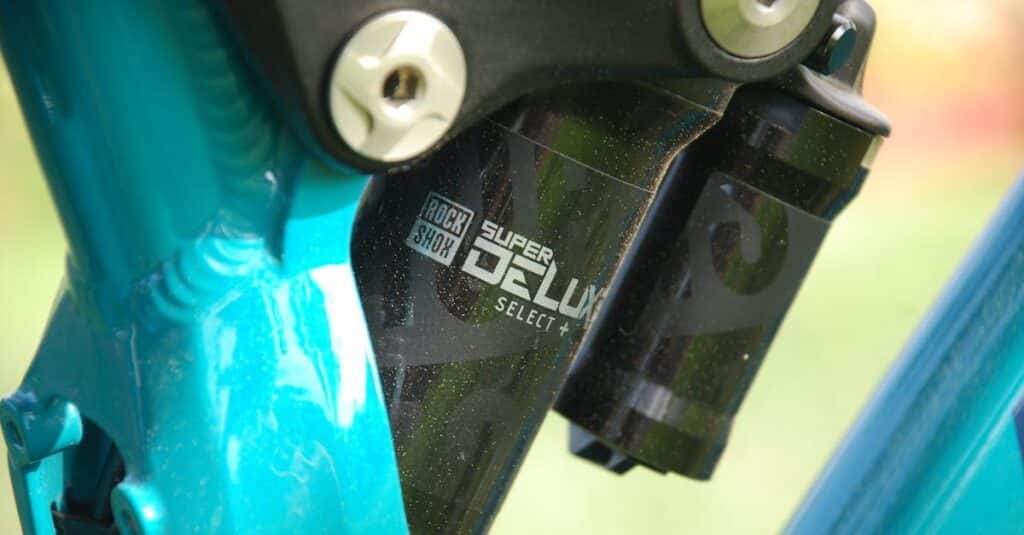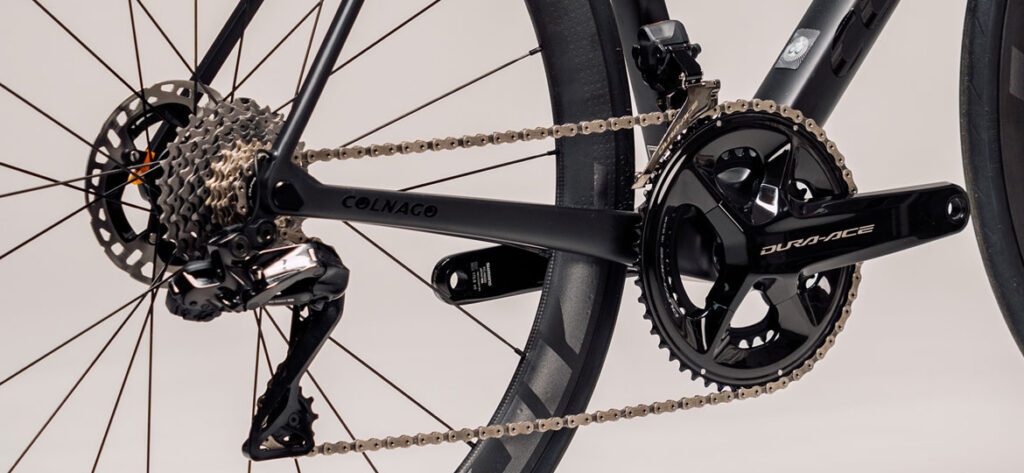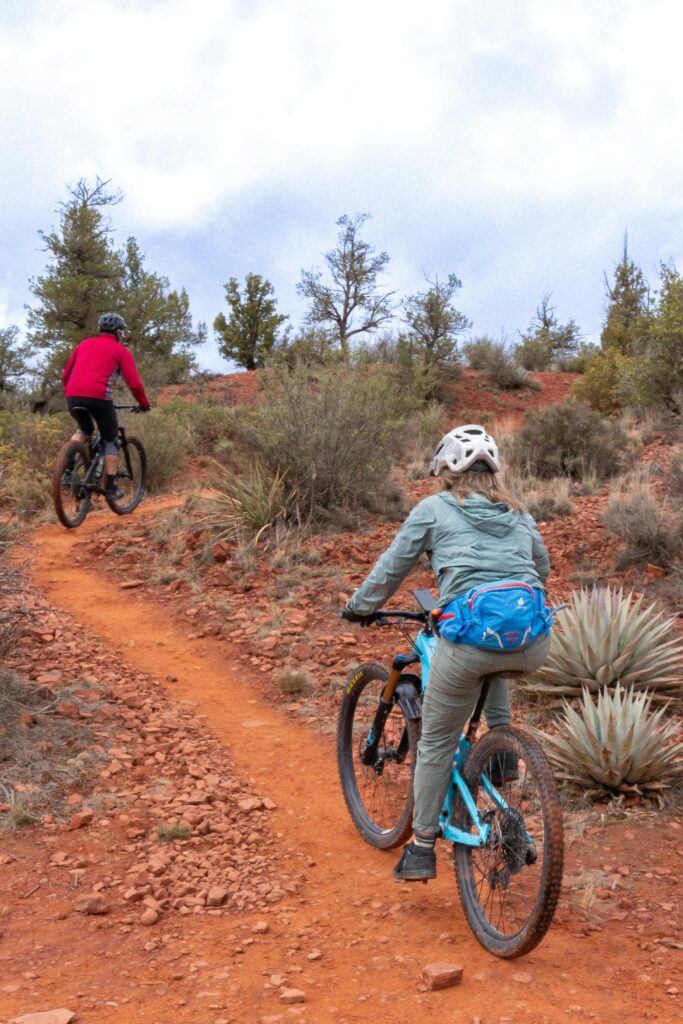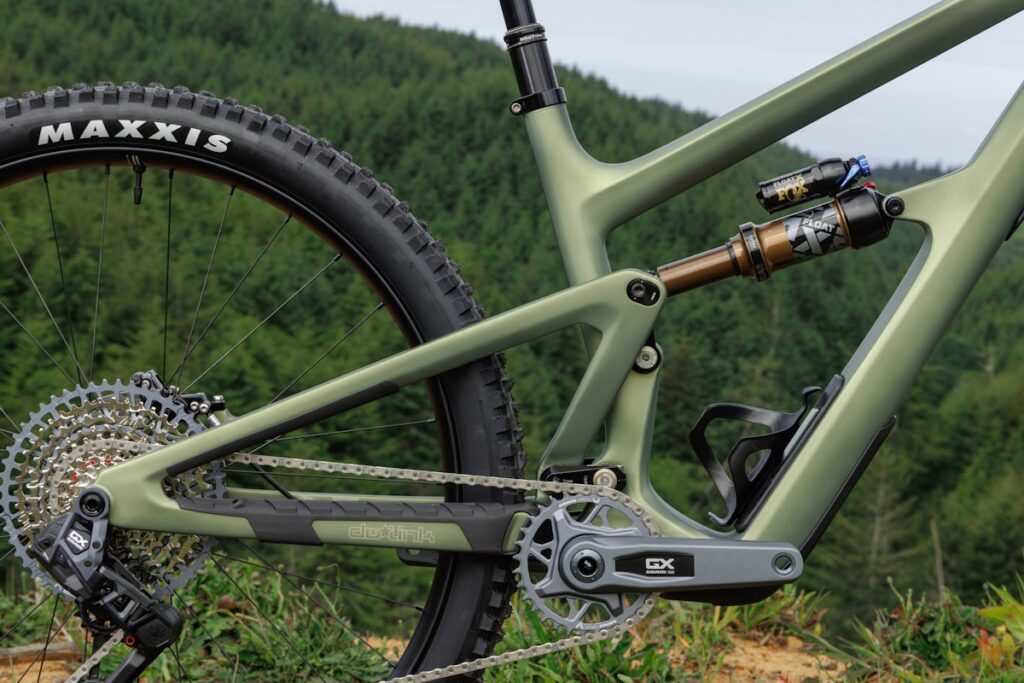If you’re shopping for a new bike in 2026, chances are Diamondback, Trek, and Giant are on your shortlist. These three brands dominate the global market — but they couldn’t be more different in approach, philosophy, and rider focus.
- Diamondback focuses on real-world value and durability.
- Trek builds premium, high-tech bikes for performance and prestige.
- Giant blends engineering mastery with mass-market efficiency.
Each brand delivers world-class machines — yet appeals to different kinds of riders.
This guide breaks down the differences across key categories — mountain, road, gravel, e-bikes, and value — so you can decide which one fits your riding style and budget best.
Overview: Three Paths to Performance
| Brand | Founded | Headquarters | Focus | Strength |
|---|---|---|---|---|
| Diamondback | 1977 | Kent, Washington, USA | Accessible performance | Value, durability |
| Trek | 1976 | Waterloo, Wisconsin, USA | Innovation & design | R&D, global service |
| Giant | 1972 | Taichung, Taiwan | Scale & efficiency | Quality & price balance |
Despite their shared timeline, their stories diverge sharply.
- Diamondback evolved from BMX roots into a trail and commuter favorite.
- Trek rose through racing — from Tour de France podiums to cutting-edge e-bikes.
- Giant, the world’s largest bike manufacturer, became the backbone of the global cycling industry, producing frames for countless other brands.
1. Brand Philosophy
Diamondback: Performance for Everyone
Diamondback’s ethos is simple — make great bikes attainable.
Its direct-to-consumer model cuts out middlemen, letting riders buy high-spec bikes without the inflated retail markups.
The brand values durability, practicality, and fun, not elitism.
It’s the working rider’s brand — approachable and authentic.
Trek: Precision Meets Innovation
Trek is built on engineering excellence and deep R&D investment.
Every Trek model — from the Marlin to the Madone — reflects decades of refinement and technology transfer from pro-level racing.
Trek also leads in sustainability and global support, offering robust warranties and a massive dealer network.
Giant: The Power of Scale
As the largest bike manufacturer on Earth, Giant blends craftsmanship with industrial efficiency.
They design and produce frames for themselves and many competitors — meaning their in-house control over materials, manufacturing, and quality is unparalleled.
Giant’s philosophy is: “Ride life.” It’s about making performance available worldwide at fair prices — without cutting corners.
2. Mountain Bikes
Diamondback — Confidence and Value
Diamondback’s Release and Catch trail bikes use the Level Link suspension system — one of the best-performing platforms in its price range.
These bikes climb efficiently and descend with playful control. Aluminum frames are stiff, well-balanced, and built for everyday riders rather than pros.
- Flagship Model: Release 5C Carbon
- Best For: Trail riders and weekend shredders
- Price Range: $1,400–$4,200
Pros
- Outstanding value
- Durable aluminum and carbon options
- Level Link rivals high-end VPP designs
Cons
- Slightly heavier builds
- Limited availability at local shops
Trek — Engineering Dominance
Trek’s Fuel EX and Slash models represent the pinnacle of balanced mountain bike design.
Using their Active Braking Pivot (ABP) suspension, Trek delivers plush travel without pedal kickback — ideal for all-mountain riding.
- Flagship Model: Fuel EX 9.9 Gen 6
- Best For: Performance trail and enduro
- Price Range: $2,400–$10,000+
Pros
- Refined geometry and suspension
- Extensive size and build options
- Broad dealer support
Cons
- Premium pricing
- Upgrades often drive cost beyond MSRP
Giant — Efficiency and Range
Giant’s Trance, Reign, and Talon lines dominate global trail markets. Their Maestro suspension system remains one of the most efficient designs ever created.
- Flagship Model: Trance Advanced Pro 29 1
- Best For: XC and trail enthusiasts
- Price Range: $1,800–$8,500
Pros
- Smooth, efficient suspension
- Excellent spec-to-price balance
- Available nearly everywhere
Cons
- Conservative geometry vs boutique brands
- Stock tires and wheels sometimes under-spec’d
Mountain Bike Verdict
| Rider Type | Best Choice | Why |
|---|---|---|
| Budget-conscious trail rider | Diamondback Release | Killer performance for the money |
| Technical rider chasing precision | Trek Fuel EX / Slash | Unmatched R&D and geometry |
| Everyday rider seeking value | Giant Trance | Efficiency, balance, and dealer access |
Winner for Most Riders: Giant
Best Value: Diamondback
Best Innovation: Trek
3. Road and Gravel Bikes
Diamondback
Diamondback’s Haanjo line blends road efficiency with gravel capability — ideal for commuters or adventure riders.
While not aimed at elite racing, the Haanjo’s geometry offers all-day comfort and excellent stability.
- Flagship Model: Haanjo 8C Carbon
- Price Range: $1,200–$3,200
- Key Trait: Adventure-ready endurance geometry
Great value, carbon option available
Slightly heavier than pure road competitors
Trek
Trek’s road lineup is legendary. The Madone, Émonda, and Domane dominate endurance, aero, and race categories.
- Flagship Model: Madone SLR 9
- Price Range: $2,000–$14,000+
- Key Trait: Pure performance, race pedigree
Cutting-edge carbon layups
Excellent global dealer support
Expensive; complex tech for casual riders
Giant
Giant’s Defy and TCR models are global benchmarks for comfort and value.
Their Advanced Composite carbon frames rival far pricier competitors.
- Flagship Model: TCR Advanced Pro 1 Disc
- Price Range: $1,700–$9,000
- Key Trait: Lightweight efficiency
Competitive performance at mid-level pricing
Conservative styling
Road/Gravel Verdict
| Rider Type | Best Choice | Why |
|---|---|---|
| Commuter/Explorer | Diamondback Haanjo | Great price and versatility |
| Racer/Enthusiast | Trek Madone/Émonda | Top-tier performance |
| Endurance Rider | Giant Defy | Comfort-focused geometry |
Winner for Overall Performance: Trek
Best Value: Diamondback
Best All-Rounder: Giant
4. E-Bikes
Diamondback
Diamondback’s Union and Response models use Bosch and Shimano systems, offering natural power and reliability.
- Union 2 — Bosch Performance Line CX, 28 mph assist
- Response — Shimano STEPS EP8 trail e-MTB
Durable mid-drive systems
Competitive pricing
Fewer models than Trek or Giant
Trek
Trek’s e-bike lineup is massive — from commuter Allant+ to Rail e-MTBs.
- All feature integrated batteries, refined designs, and Bosch electronics.
Best integration and design
Strong global warranty
Expensive at higher trims
Giant
Giant builds its own motors under the SyncDrive brand (developed with Yamaha).
This gives them total control over power delivery and frame design.
- Explore E+ for commuters
- Trance E+ for trail riders
Smooth motor tuning
Competitive pricing
Proprietary systems limit third-party service
E-Bike Verdict
| Rider Type | Best Choice | Why |
|---|---|---|
| Budget commuter | Diamondback Union 2 | Bosch reliability at great value |
| Trail rider | Giant Trance E+ | Yamaha tuning + Maestro suspension |
| Tech-focused commuter | Trek Allant+ 9.9 | Refined design and integration |
Best Overall System: Trek (Bosch)
Best Value: Diamondback
Most Integrated: Giant
5. Price & Value
| Brand | Entry Price (Hardtail) | Mid-Level Full-Suspension | E-Bike Range | Road Entry |
|---|---|---|---|---|
| Diamondback | ~$750 | ~$2,500 | $2,200–$4,000 | ~$1,200 |
| Trek | ~$850 | ~$3,800 | $2,700–$12,000 | ~$1,800 |
| Giant | ~$800 | ~$3,500 | $2,400–$9,500 | ~$1,600 |
Diamondback consistently delivers the best component value per dollar, while Giant offers the best balance of value and availability.
Trek’s pricing skews premium, but you get unmatched design refinement and resale value.
6. Service, Warranty, and Support
| Feature | Diamondback | Trek | Giant |
|---|---|---|---|
| Warranty | Lifetime frame | Lifetime frame | Lifetime frame |
| Dealer Network | Online DTC + select dealers | 5,000+ global shops | 12,000+ shops |
| Customer Support | Excellent online hub | Exceptional dealer service | Strong regional support |
| Parts Availability | Easy for common components | Full OEM catalog | Excellent OEM support |
Diamondback’s direct model works well for confident DIY riders, while Trek and Giant shine for those who prefer in-store service.
7. Sustainability and Manufacturing
- Trek: Leads with sustainability initiatives, full carbon recycling, and ethical sourcing.
- Giant: Streamlines efficiency — reduced waste and energy use across huge production volumes.
- Diamondback: Smaller footprint via direct-to-consumer logistics and recyclable packaging.
Giant wins for industrial sustainability scale, Trek leads innovation, Diamondback minimizes waste.
Which Brand Fits You Best?
| Rider Type | Best Brand | Why |
|---|---|---|
| Beginner or budget-conscious | Diamondback | Value, durability, straightforward performance |
| Performance enthusiast | Trek | Refined design and innovation |
| Balanced, everyday rider | Giant | Efficiency and global access |
| E-bike commuter | Diamondback or Giant | Bosch or Yamaha reliability |
| Technical trail rider | Trek or Giant | Advanced suspension and geometry |
Summary Table
| Category | Diamondback | Trek | Giant |
|---|---|---|---|
| Performance | ★★★★☆ | ★★★★★ | ★★★★☆ |
| Innovation | ★★★★☆ | ★★★★★ | ★★★★☆ |
| Value | ★★★★★ | ★★★☆☆ | ★★★★★ |
| Availability | ★★★☆☆ | ★★★★★ | ★★★★★ |
| E-Bikes | ★★★★☆ | ★★★★★ | ★★★★☆ |
| Overall Rating | 4.2 / 5 | 4.6 / 5 | 4.5 / 5 |
Verdict
All three brands deliver exceptional bikes — but their core appeal differs:
- Diamondback: Affordable performance for real riders.
- Trek: Precision engineering and prestige.
- Giant: Efficiency, reliability, and global scale.
If you’re just getting started or upgrading on a budget, Diamondback delivers unbeatable value.
If you want cutting-edge design and lifetime support, Trek stands tall.
If you want balance and global reliability, Giant remains the most versatile choice.
Diamondback vs Trek vs Giant (2026): No bad choices — just three paths to the perfect ride.
Related Content:
- Trek Bicycles Review
- Giant Bikes Review
- Best Mountain Bike Brands Guide
- Best Gravel Bikes Guide
- Diamondback Bikes Review
Why Trust This Guide?
BestBikeBrands is built by lifelong cyclists with decades of real-world experience — in the shop, on the trail, and behind the wrench. Our goal is simple: to help riders choose the best bikes and gear with confidence, backed by expert insights and hands-on testing. Learn more about us →
